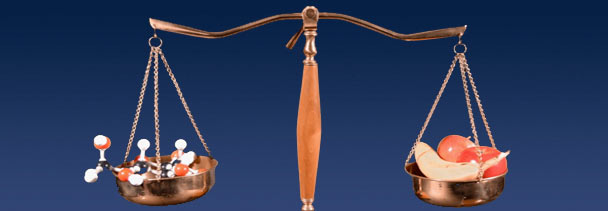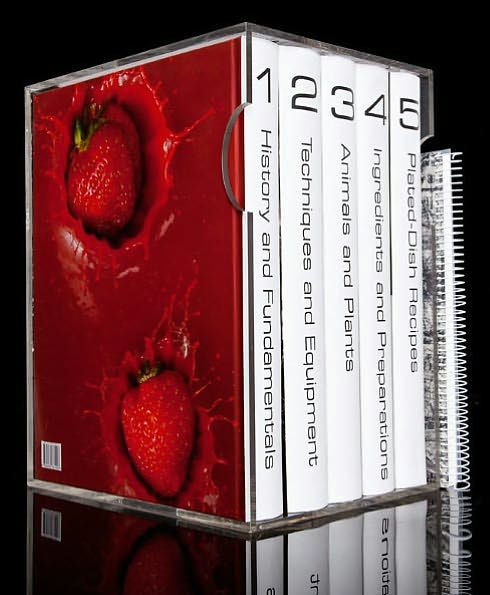Back before the days of the Internets (and before the love of radio and journalism overtook my love of the lab), I was a chemistry major. [In fact, I studied under the late Dr. F. Sherwood Rowland, who shared the Nobel Prize for co-discovering chlorofluorocarbons as the primary cause of the hole in the polar ozone layer. But I digress.]
The intersection of chemistry and cooking/baking/making food has always fascinated me (as proof, also see He Blinded Me — And Darn Near Crushed Me, Too — With Science). And years ago, my high school chem teacher, the aptly-named Dr. Wiseman, made the direct connection between lab and kitchen for me when he said, “If you’re good in the lab, you’ll do well in the kitchen, because they both involve similar skills: being able to follow a set of instructions in order to bring about reproducible results.” In fact, the process for making a chemical compound is often informally known as a recipe, so I probably should have figured it out sooner, but I was at a lab table toward the back of the class, cracking wise with my lab partner Rick Jacobs, who is now the President of the Union for Reform Judaism. [I have an almost uncanny knack for brushing up against the talented and celebrated while remaining relatively obscure and undistinguished in my own right. Just call me Zelig.]
Over the years, I’ve collected not only Nathan Myhrvold and co.’s Modernist Cuisine, but also works on food and science by Hervé This, Francois Chartier, Robert L. Wolke, and the dean of American food science writers, Harold McGee.
So I was more than delighted to be notified, via UCLA’s Science and Food blog, that a course was being offered — for free, should you just audit it — From Canada’s McGill University via edX. For those of you unfamiliar with edX, it’s a loosely-knit consortium of institutions of higher education that provides courses to the public for free (or a minimal charge, should you wish a certificate of completion from those courses that offer one). And we’re not talking just any old random universities and colleges, either. Among their number are MIT, École Polytechnique Fédérale de Lausanne, UC Berkeley, Berklee College of Music, The University of Queensland, Harvard, Peking University, Dartmouth, Technische Universität München, The University of Chicago, The University of Hong Kong, Notre Dame, Karolinska Institutet, and Wellesley, just to name a few.
For 11 weeks starting October 1, McGill is offering Chem 181x, a “course that offers a scientific framework for understanding food and its impact on health and society from past to present,” through edX. Count me in. The course description claims to require approximately 5 hours per week of effort, and offers students both non-certificated (free) and certificated (pay, but as little as $100 US) versions (which not all edX courses do).For more info on the course, check out their informative YouTube video, the course overview, and edx. Registering for an edX account is simple and free. They deliver lifelong learning opportunities on subjects ranging from Explaining European Paintings, 1400 to 1800 to Principles of Economics with Calculus to Autonomous Mobile Robots and beyond, so it’s worth investigating even if this particular course is not to your, ahem, taste. [They also maintain an extensive video library of past courses, so if you miss this one, chances are you will be able to view its content, even if you can’t be certificated or participate in any online discussions or experiments.]
There’s never a bad time to make yourself a little smarter. In a future post, I’ll report back on how it was (or is, if I discover something that deserves a more-or-less immediate share).









